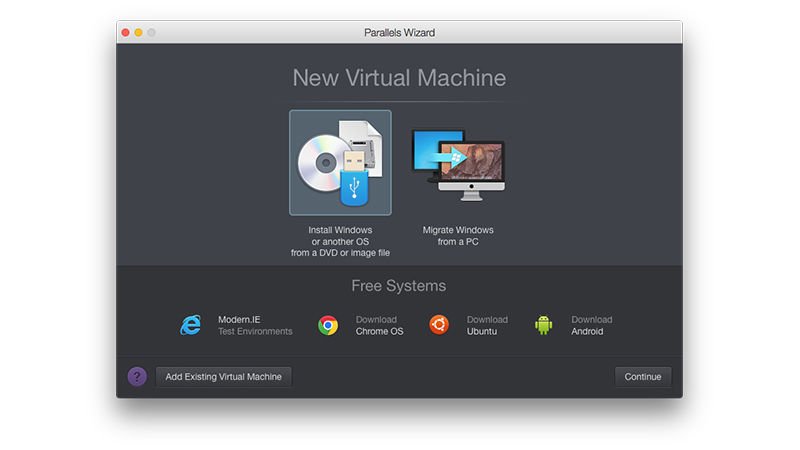

The newest MacBook Pro has a 4K display and high-performance video editing capabilities. If you are an Apple lover but still want to have a PC operating system, you can try the Linux distro for your MacBook Pro. You should also endeavor to select distros that have adequate support.The user-friendliness of the distro you are interested in is also important since some are more intuitive than others.The compatibility of the operating system with your hardware is important.It uses SHA256 as its package verification check.© Roman Samborskyi / Key Points It’s safe as long as you understand what you are downloading. Homebrew acts like a command-line package installer. In addition, Homebrew can install its own current versions of glibc and gcc for older distributions of Linux.

Homebrew does not make use of any libraries provided by your host system, except glibc and gcc if they are new enough. To display the packages installed with the brew command, do this: $ brew list 2 shs shs 4096 Oct 4 13:17 includeĭrwxrwxr-x. 11 shs shs 4096 Oct 4 15:45 Homebrewĭrwxrwxr-x. 2 shs shs 4096 Oct 4 12:54 Frameworksĭrwxr-xr-x. 3 shs shs 4096 Oct 6 16:17 Cellarĭrwxrwxr-x. 2 shs shs 4096 Oct 4 15:30 Caskroomĭrwxrwxr-x. 3 root root 4096 Sep 30 14:51 /home/linuxbrewĭrwxrwxr-x. Your linuxbrew directories will look something like what you see below. In the command show below, a second package is installed: $ brew install hello Space is to place as eternity is to time.

Trying out your installed app might look like this: $ fortune (Notice the cute little mug of brew at the bottom left.) 🍺 /home/linuxbrew/.linuxbrew/Cellar/fortune/9708: 82 files, 2.4MB => Homebrew is run entirely by unpaid volunteers. To test it out, you can install some tools with commands like these: $ brew install fortune The command will prompt you at some point to enter your password.


 0 kommentar(er)
0 kommentar(er)
